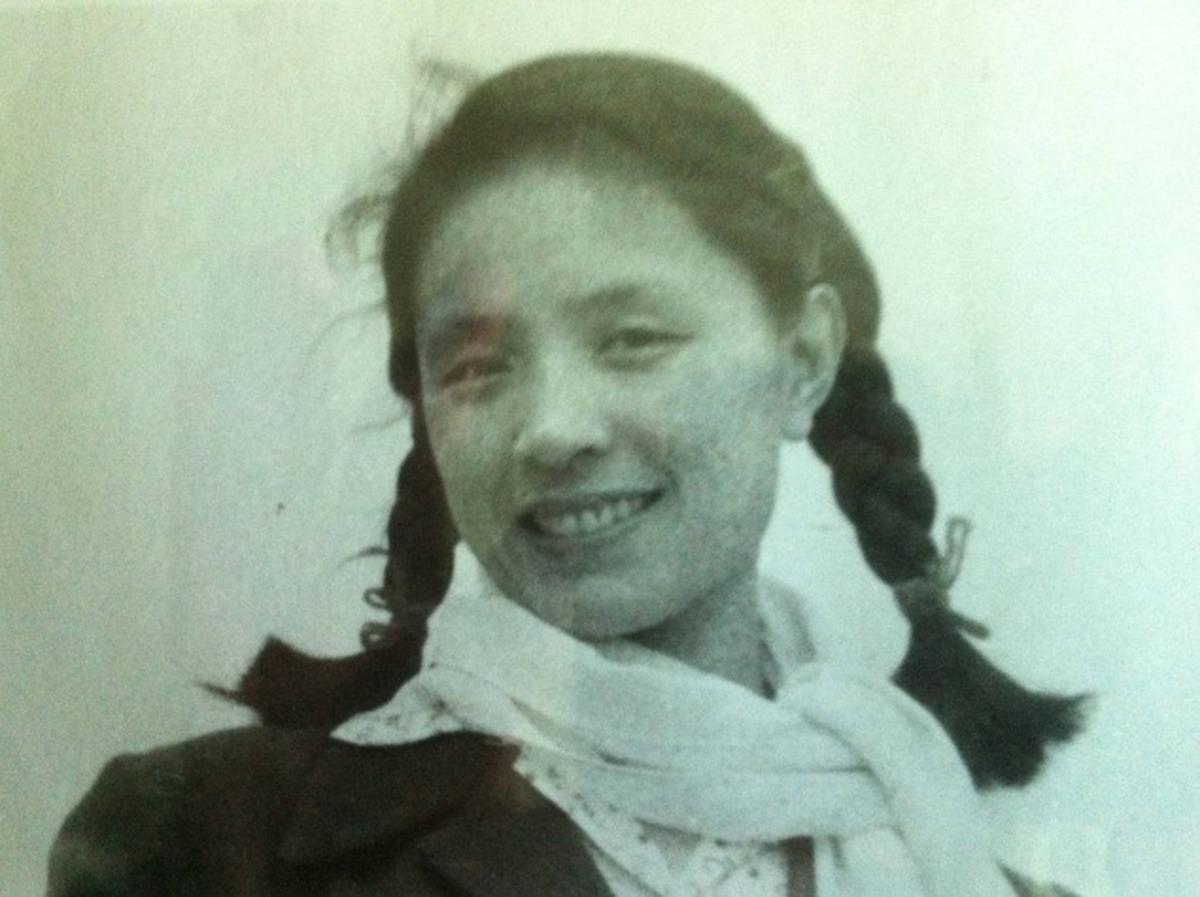
Zhang Jun on one of her early visits to India. She first came to the country in 1954, a curious 19-year old tasked with building a cultural bridge between the two countries.

With Leela Samson, now Director of the Kalakshetra foundation. Zhang Jun studied Bharatanatyam with Ms. Samson. Though proficient in a range of dance forms, from Myanmar and Cambodia to Vietnam, Indian dance was her biggest passion.

Young Zhang Jun at the Taj Mahal. Zhang met Uday Shankar, regarded as the father of modern Indian dance, and visited many Indian schools, during her eight visits to the country.

Zhang with Chinese Premier Zhou Enlai. Zhang became an integral part of Zhou Enlai’s project, which had gathered momentum after the 1955 Bandung Conference, and in 1961 helped found the Oriental Song and Dance Ensemble, which is famed for the high technical skill of its elite members.

Zhang became a window into India for two generations of Chinese, whoc flocked to her to learn Kathak, Bharatanatyam and Odissi. In this picture, she matches steps with Pandit Birju Maharaj, a legend in Kathak.

The decade-long Cultural Revolution (1966-76) saw Zhang and her art smothered. She and her husband were forced to do farming work, since classical dance was reviled as a bourgeois habit in those times.

The winter ended and the flower blossomed again. Zhang went back to performing and teaching dance in the more open 1980s. She performed for Indian heads of state when they toured China, meeting former Prime Minister Rajiv Gandhi in 1988 and former President R. Venkataraman in 1992 during their historic visits to China.



